What is Heatsink? How Are PC Components Cooled?
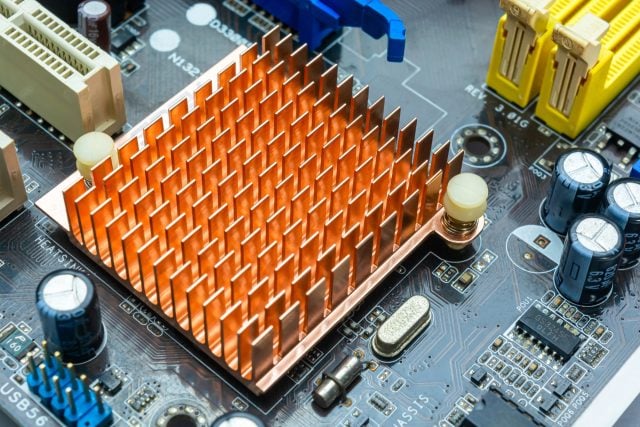
As you all know, heat management is a very important issue when it comes to computer hardware. Every component consisting of integrated circuits gets hot. As electronic devices process data tirelessly, they produce heat as a natural result of their electrical activity. Uncontrolled accumulation of heat causes thermal restriction problems. When the situation is extreme, parts can be damaged or even become unusable. For all these reasons, it is necessary to remove the heat somehow. One of the common methods used is the coolers known as “heatsinks”, in other words, heat sinks.
When we say cooler, we generally mean the entire cooling system along with the fans. Coolers known as heatsinks actually form the backbone of these cooling systems and play a critical role. Although heat sinks seem simple, they are an important traditional cooling component that prevents problems and facilitates the cooling process. Today we will explain how heat sinks work and the important role they play.
What is Heatsink?
A heat sink is a passive cooling mechanism positioned on computer chips such as the CPU and GPU. Coolers work passively on their own, that is, they have no moving parts. However, most of the time it is a fan that blows the hot air out or a liquid cooling solution that carries the heat halfway through the pipes. It is combined with .
The heatsink needs to establish a strong contact with the heat source to maximize cooling. Coolers known as heatsinks are used to carry the heat to fins with larger surface areas and thus distribute the heat throughout the computer. It utilizes a thermal conductor. Logically, the heatsink is actually a type of radiator.
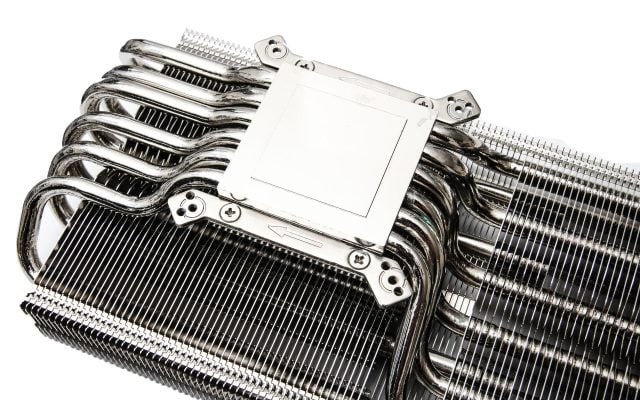
These blocks, which absorb and distribute the generated heat, are made of high-conductivity metals such as copper or aluminum. Sometimes you feel that the CPU and GPU cooling systems are extremely heavy. In such products, a large amount of copper or aluminum is used, and the cooling block becomes quite large.
How Does Cooler Work?
When the running computer component generates heat, this heat is transferred to the heat sink via thermal conduction using thermal paste. As you know, there are “integrated heat distributors” on the chips, which we call IHS, which are used in the packaging process. The heat taken from the distributors is transferred to the upper cooling block through thermal pastes, which are also conductive. From here, the heatsink helps exchange heat with the surrounding air (with increased surface area) thanks to the cooler’s fins.
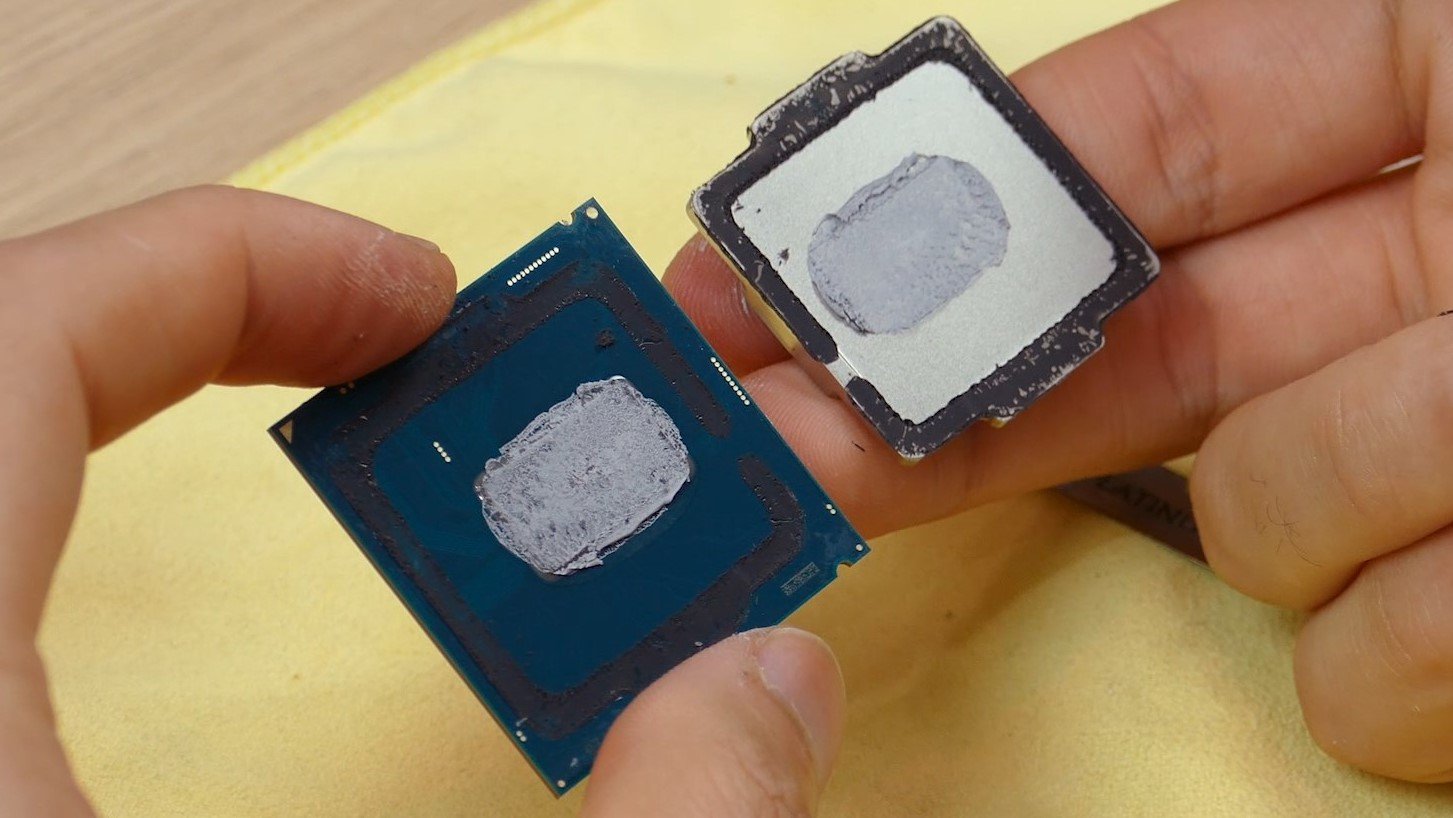
Usually normal air flow is not enough to provide rapid cooling. In other words, one or more fans are attached to the cooler to improve the heat dissipation process. This fan provides convective heat transfer by blowing air over the fins of the cooler. As air flows over the fins, it carries heat away from the area.
Let us remind you again, in order to maximize cooling efficiency, the heat sink needs to establish a strong contact with the heat source. For this reason, after applying thermal paste on the IHS, the cooling block is seated securely. Heat sinks are fins with larger surface areas. To carry to the lights and to break Thus, it uses a thermal conductor to distribute heat throughout the computer.
What is Passive Cooling?
Passive heat sinks rely on natural convection, meaning the buoyancy of hot air causes air flow across the heat sink, transferring heat away. They do not require secondary power or control systems to troubleshoot. Passive heat sinks are not as effective as active heat sinks in removing heat from a system.
To summarize briefly, the cooling design without a fan is called “passive cooling”. Most coolers consist of fins that resemble a radiator.
What is Active Cooling?
Active cooling systems use compressed air, often produced by a fan, blower, or even the movement of the entire object, to increase fluid flow through the hot area . Fans force air across the heat sink, which allows more unheated air to move across the heat sink surface. Long story short, the term “active cooling” is used when combat cooling or liquid cooling methods are used.
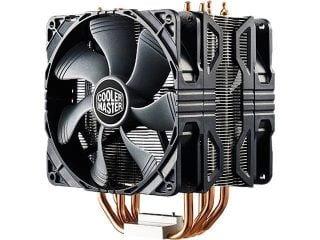
Most coolers consist of fins that resemble a radiator. As the CPU or GPU gets hot, the heat is transferred to these fins and released there using a fan. So he is thrown out. The reason why we install a fan on the heatsink is that we want to circulate the air. Logically, the fans work in the opposite direction, pulling hot air away from the CPU or GPU.
Do SSDs Need a Heatsink?
We can say that the answer to this question changes as technology develops. All CPUs and GPUs need advanced cooling design. On the other hand, why have cooling systems become widespread in SSDs? Out of necessity.
SSDs are designed to replace HDDs without requiring system changes. However, over time, different mobile devices along with computers began to become thinner and lighter. Thus, the flash chips used in storage also became smaller.
Nowadays, most SSDs are produced in M.2 format. It does not require any cables, connects directly to a motherboard and benefits from two important innovations: the NVMe protocol and the PCIe interface. The NVMe protocol was developed from scratch to take advantage of the speed of flash, especially its ability to read and write data in parallel. NVMe also takes advantage of the PCIe interface, which offers high-speed connectivity, allowing us to connect a device to the motherboard.
As you know, Gen4 and Gen5 NVMe SSDs have started to reach incredible speeds. Every piece of data read or written to an SSD requires passing electricity to one of the trillions of NAND flash cells in the device. There is always more or less heat in the environment where electricity is present. For this reason, when we reach high access speeds, SSDs can overheat.
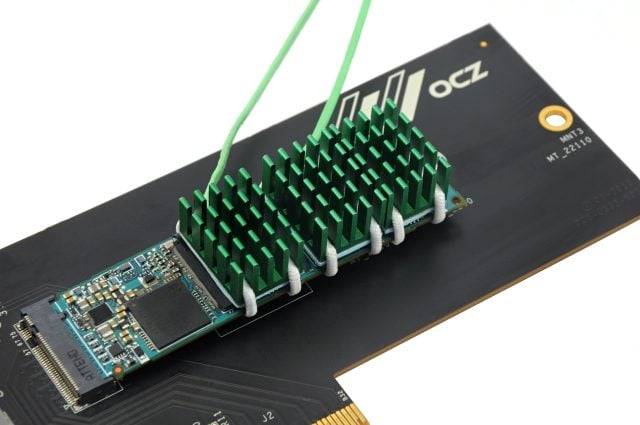
Above a certain temperature, the SSD must reduce its performance to protect its internal components, which no user wants. Why would things slow down when reading/writing data at high speeds? Therefore, SSD coolers have become indispensable for usage scenarios such as gaming, video or design workflows where continuous read/write operations are performed. Moreover, we have even started to see SSD cooling designs that are actively cooled with fans.
It is possible to upgrade the storage on the PlayStation 5 game console. While high-speed M.2 NVMe drives must be installed in the PS5, Sony specifically states that a cooler must be used.
Differences Between Radiator and Cooler Fan
As you know, there are two cooling methods used today. Finally, let’s look at the differences between radiator and fan cooling, and then let’s close.
| Radiator | heatsink fan |
|---|---|
| It distributes the heat in the liquid cooler by transferring it to the environment. | It dissipates heat directly from a component (e.g. CPU) using fins and transfers it to the surrounding air. |
| The liquid cooler carries heat from the components to the radiator, where fans remove the heat. | The heatsink, which we call heatsink, conducts the heat from the component and the fans blow air over the fins to dissipate the heat. |
| The installation process is more complex due to additional components such as pumps and piping system. | Generally easier to install. The process usually ends when we install the cooler and fan. |
| May require periodic coolant checks and possible maintenance. | Occasional cleaning may be required to remove dust accumulated on the heat sink. |
| Suitable for cooling both CPU and GPU using a single cycle. | Since it is primarily designed to cool the CPU, it may not be able to cool the GPU in the same cycle. |
| It is often high cost due to the complexity of the components. | It is generally cheaper compared to a full liquid cooling setup. |

